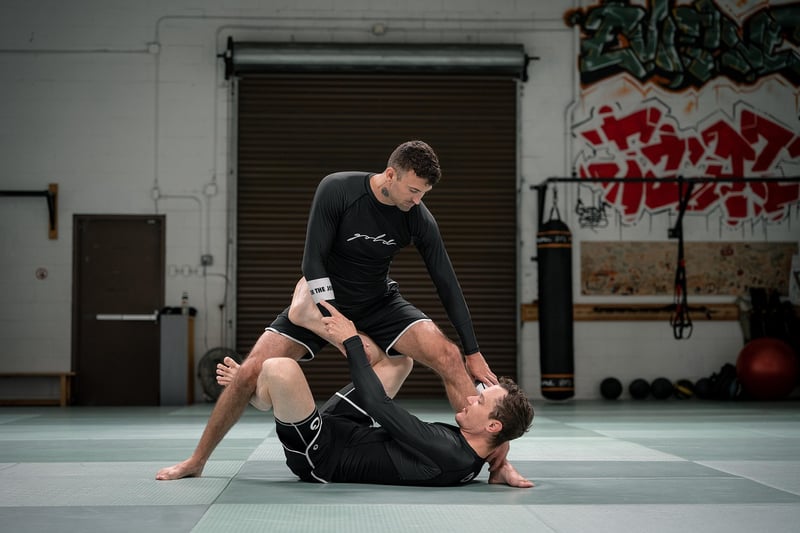Jiu-Jitsu
The Art of Self-Defense: Exploring Jiu-Jitsu Techniques
Self-defense is a crucial skill that empowers individuals to protect themselves in various situations. Among the many martial arts disciplines, Jiu-Jitsu stands out for its effective techniques that focus on ground combat and submission holds.
What is Jiu-Jitsu?
Jiu-Jitsu, also known as Brazilian Jiu-Jitsu (BJJ), is a martial art that originated in Japan and was later developed in Brazil. It emphasizes leverage, joint locks, and chokeholds to control and submit opponents, regardless of their size or strength.
Key Self-Defense Techniques in Jiu-Jitsu:
- Guard Pull: A technique used to bring an opponent to the ground while maintaining a defensive position.
- Mount Escape: Escaping from under an opponent who has the dominant mount position.
- Armbar: A joint lock that hyperextends the opponent's elbow, forcing them to submit.
- Rear Naked Choke: Applying pressure to the opponent's neck to cut off blood flow and force a submission.
Benefits of Learning Jiu-Jitsu for Self-Defense:
- Effective for self-defense regardless of size or strength.
- Improves physical fitness, flexibility, and coordination.
- Boosts confidence and mental resilience.
- Teaches discipline, focus, and respect.
Get Started with Jiu-Jitsu:
If you are interested in learning self-defense through Jiu-Jitsu, look for reputable martial arts schools or academies that offer BJJ classes. It is essential to train under qualified instructors to ensure proper technique and safety.
Remember, self-defense is not just about physical techniques but also about situational awareness and conflict avoidance. Stay safe and empowered with the art of Jiu-Jitsu!

Image Source: Pixabay
